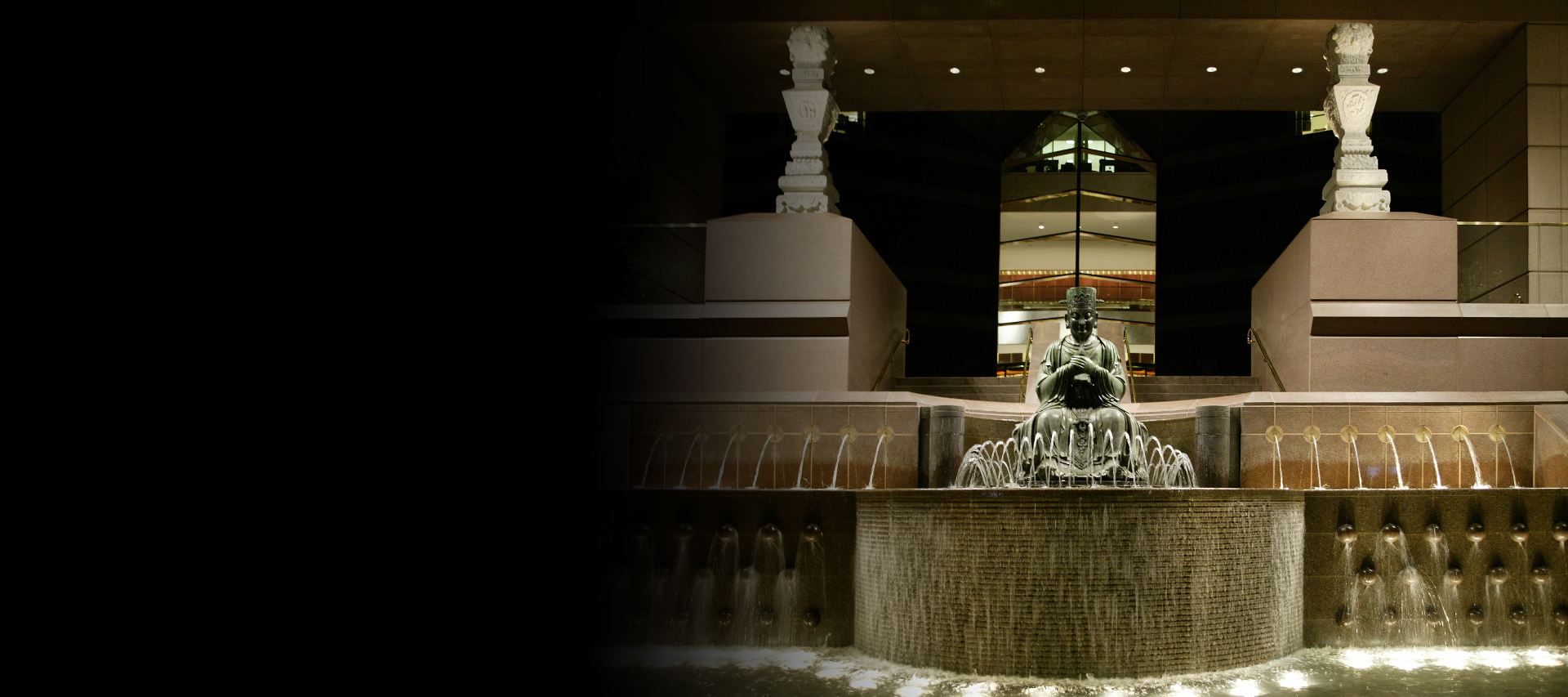
Culture/Country: Japan
Period: Meiji period, (1868-1911), inscription dated 1806
Medium: Bronze, cast and assembled
Collection Title: Crow Collection of Asian Art
Accession Number: 1978.14
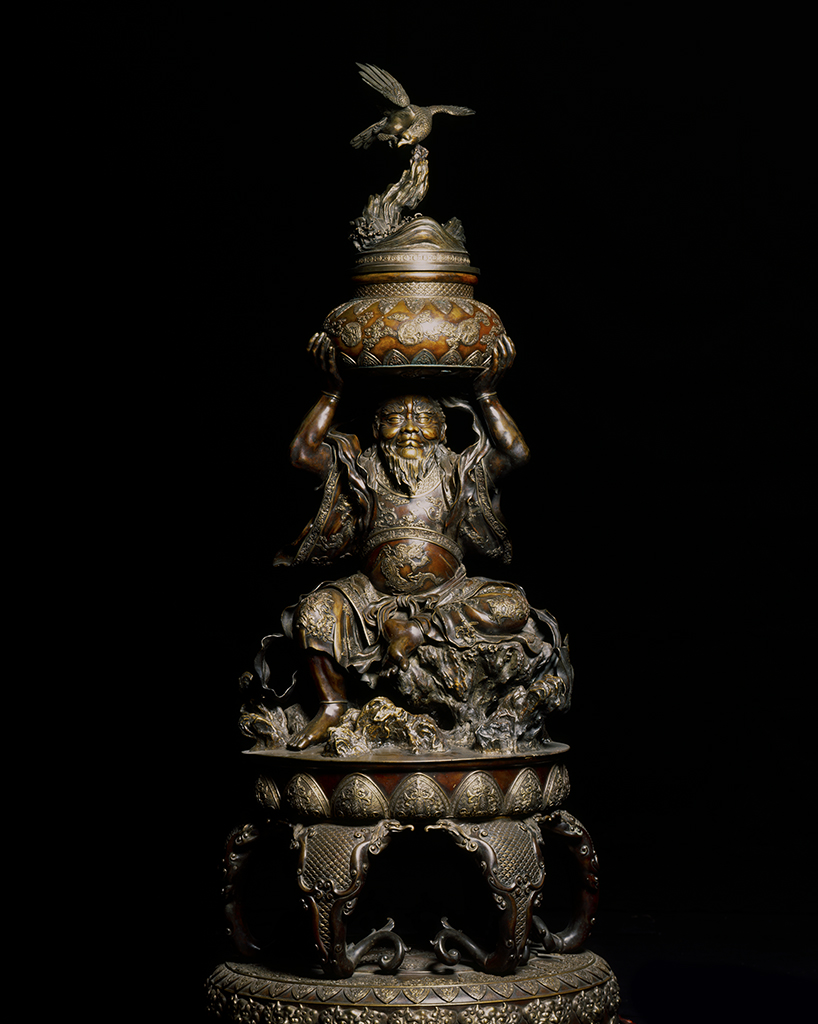
Artist: Signed Dai Nihon Suzuki Masayoshi Zo (Made by Suzuki of Great Japan)
Culture/Country: Japan
Period: Meiji period (1868-1911) Medium: Cast and assembled bronze; gilt, painted metals
Dimensions: 76 1/4 in
Collection Title: Crow Collection of Asian Art
Accession: 1987.1
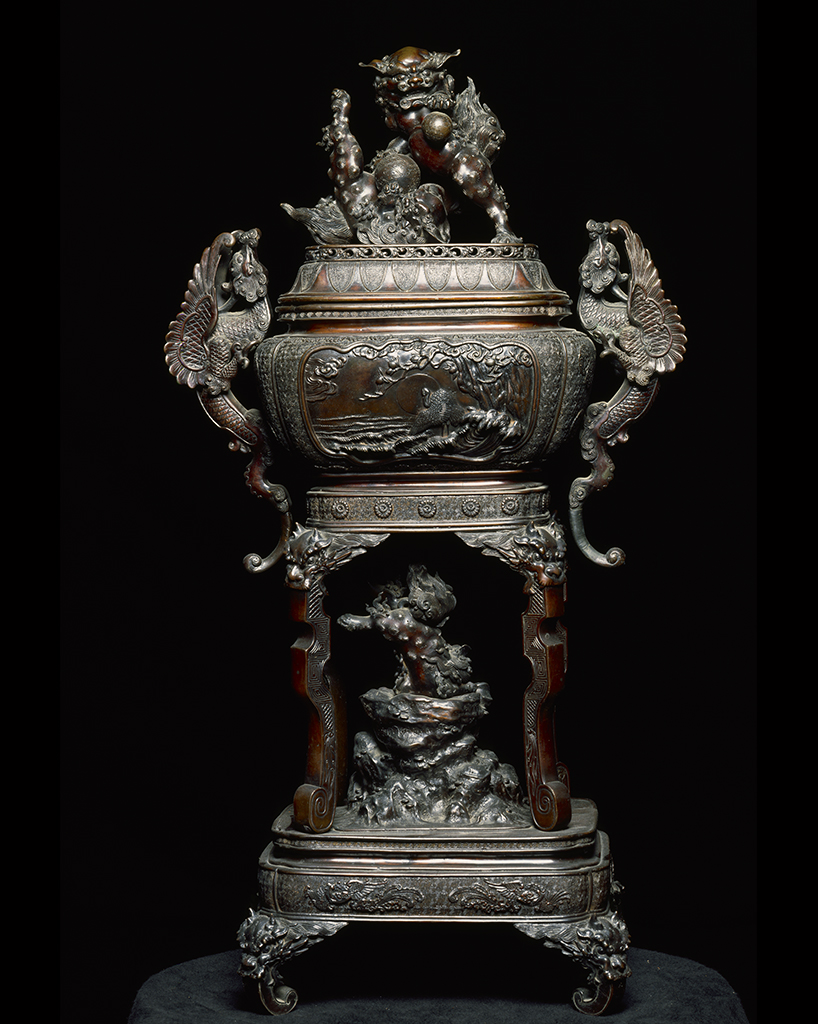
Culture/Country: Japan
Period: Meiji period (1868-1911)
Medium: Cast and assembled bronze
Dimensions: 38 x 12 x 15 1/2 in.
Collection Title: Crow Collection of Asian Art
Accession Number: 1985.54
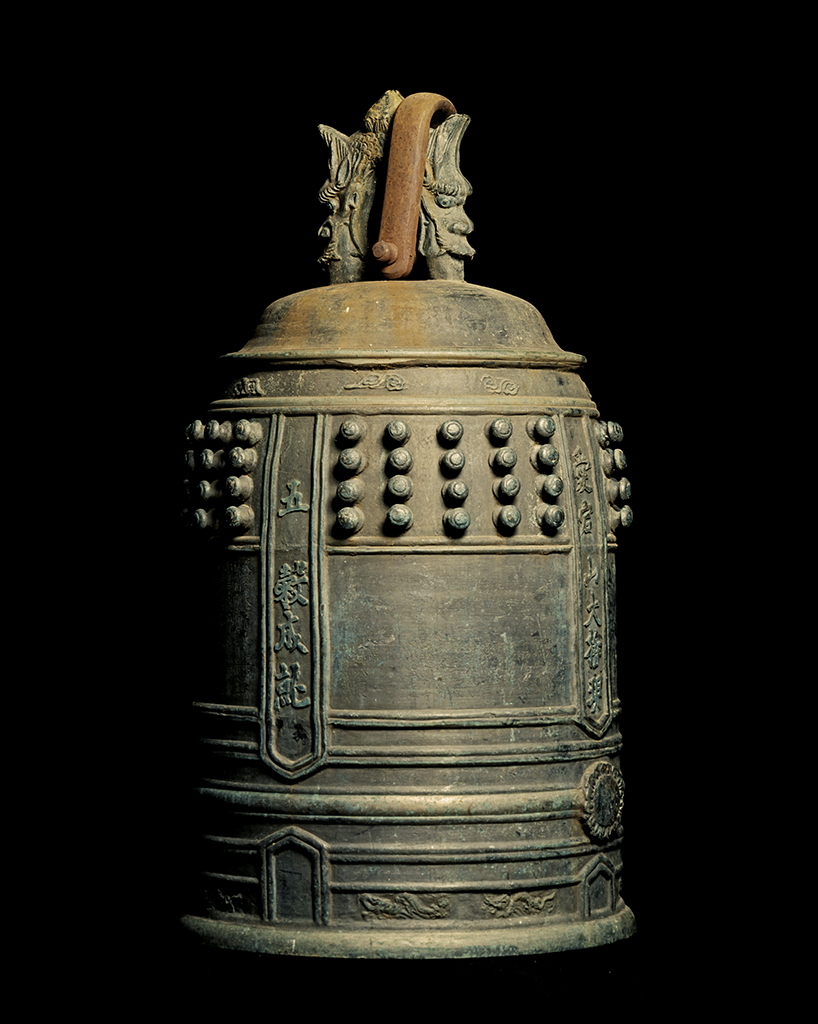
Culture/Country: Japan
Period: 1863
Medium: Bronze
Dimensions: 42 x 24 x 24 in.
Collection Title: Crow Collection of Asian Art
Accession Number: 1980.1
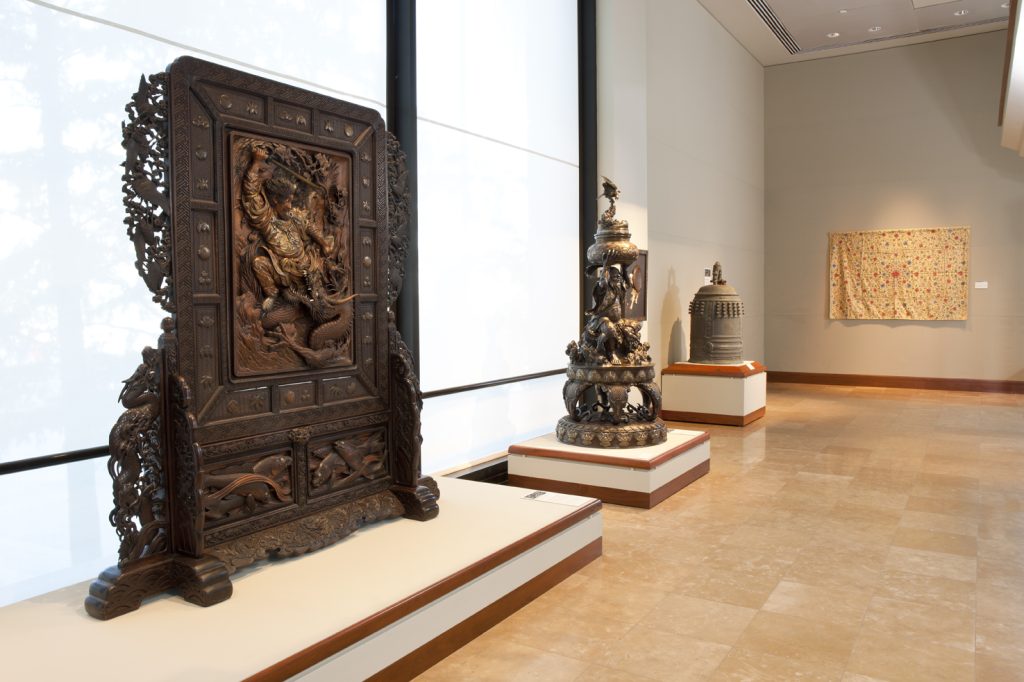
In 1867 an alliance of Japanese warlords staged a coup d’etat. In a time of flourishing urban populations and the real power of the merchant class, they recognized the weakness in their antiquated feudal government and feared potential aggression by foreign powers. Committed to reform, they ousted the Tokugawa Shogun, and returned central authority to the Imperial line. The young emperor, only 15, and living in relative poverty in Kyoto was moved to Edo, and the city was renamed Tokyo to mark the new era. Backed by a powerful oligarchy, the emperor set a course for Japan as a modern industrialized nation state on an international stage. The emperor called his new reign period, 1868-1911, Meiji (Enlightened Government.)
The confidence of Japan’s new nationalistic identity in the Meiji era is displayed in this small exhibition of outstanding works of art drawn from the Crow Collection: three imposing bronze sculptures over four feet in height, a dramatic carved and lacquered wood screen ornamented with precious metals, and ceramics and enamelware draped in liquid gold.
Meiji style aims for sensational effects: pictorial themes, drawn from Japanese history and mythology (with links to China) are vivified with realism and hyper-detail. Casting techniques are complex and daring. Ceramics flush with color and gold. An association of Japanese art with patience and consummate skill is firmly imprinted.
